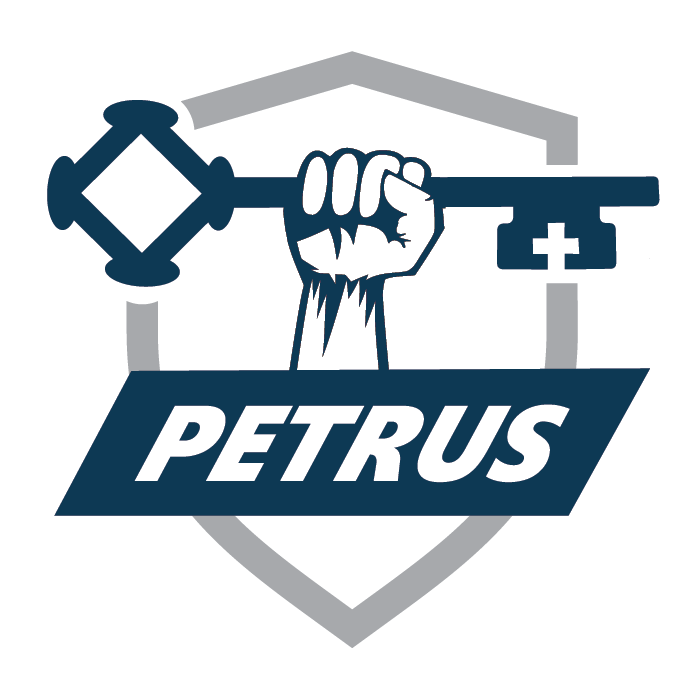Keeping Roofers Safe!

Injuries are more likely to occur when tools, shingles, nails, and other items are haphazardly spread throughout the homeowner’s yard. Things happen: tools fall, nails scatter, boots slip. Smart contractors make sure their crews are trained, healthy, the weather is right, and the job site is organized.

